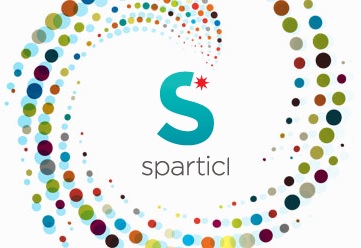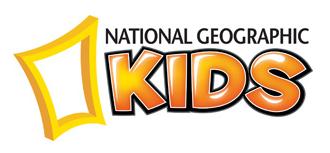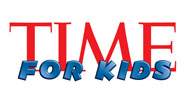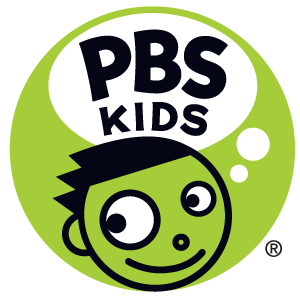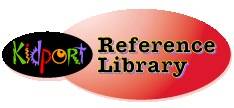Sep 26 2013
Food Policy
Over the past two years of teaching 3rd/4th grade, I’ve tried to be flexible when it comes to snacking in the classroom. For many students, having something to munch on helps them focus better. I’ve come to the realization, however, that the benefits do not outweigh the challenges for this age group.
Specifically:
- Many foods are messy. The surface of pretty much everything in the room is covered with a sticky goo, textbooks have been ruined by spilled sugary drinks, and crumbs are left wherever they fall.
- Unhealthy snacks cause problems like sugar rushes, sugar crashes, and foul moods. They also don’t serve the brain well when it’s needed to work at its peak.
We’re going to start with a minimalist approach and say that students are allowed to have water bottles (with a lid) on their desk, otherwise no food is allowed inside the classroom at any time except for the list at the end of this document.
BREAKFAST: This is the most important meal of the day. Don’t skip it!!! Studies have shown that eating a balanced breakfast improves grades and concentration. Learn more here. A good breakfast for a child should contain a balance of protein, fat and carbohydrates to keep blood sugar levels steady for hours. Try some toast with peanut butter and a piece of fruit or cereal with milk and glass of 100 percent fruit juice. If you have time, make an omelet with cheese and some turkey bacon. Carbohydrate-only breakfasts such as toast, bagels, and cereal last for about two hours, then the energy drops. A proper breakfast should eliminate the need for snacking before lunch.
LUNCH: When you arrive at school, your lunch goes upstairs to the lunchroom right away. Your lunch should never come into the classroom. After lunch, leave your empty containers, etc. in the lunchroom and pick it up from there after school. This is what the older students do.
A good lunch is equally as important as a good breakfast to sustain your child’s energy in the second half of the day. A lunch can be inexpensive and fun while being nutritious and providing enough energy for the day. Another excellent website, webmd.com, offers some excellent and specific options for school lunches.
Well planned breakfasts and lunches should eliminate 95% of the need for snacking since a well balanced meal provides lasting and stable energy. Below is a list of foods I’ll approve. Nothing else is allowed unless I clear it first.
- Carrot sticks
- Pretzels
- Cheese cubes
- Dried fruit (with no sugar added) such as apricots, bananas, raisins, etc.
- Crackers – preferably whole grain.
- Low fat, low sugar granola bars (you have to be careful with these – read the label)
- Unsalted nuts – cashews, almonds, peanuts, etc.
- Trail mix – You can buy the ingredients in bulk. Leave out chocolate chips, etc.
If you want to add anything to this list, please check with me first. Here are some more snack ideas for after school when the kids get home.

